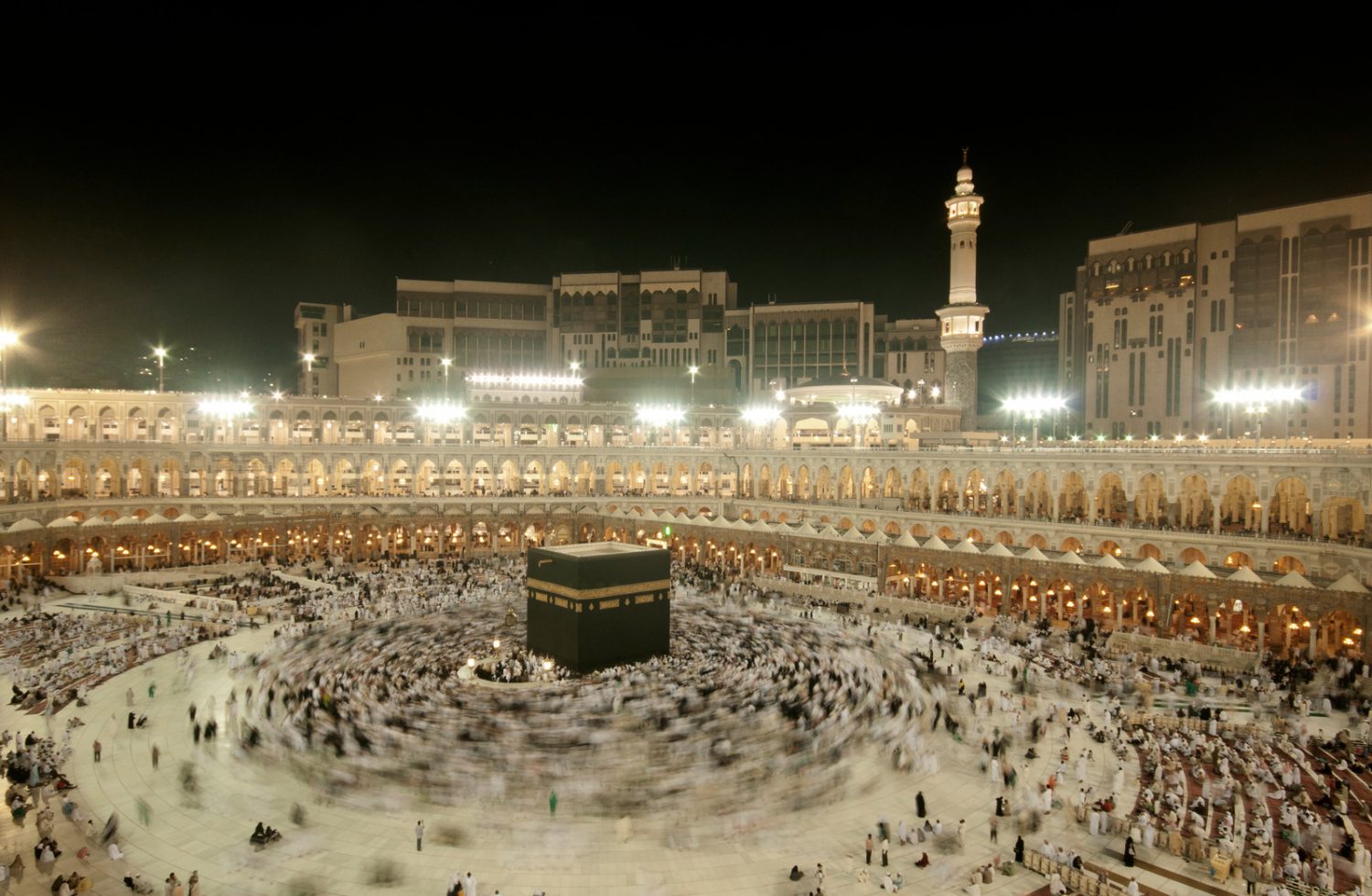Influenza Recommendations for Hajj
3 July 2019 – The Hajj is the yearly pilgrimage Muslims can make to Islam’s holiest city, Mecca in Saudi Arabia to engage in practices to deepen faith and increase a sense of unity and humility within the Muslim community. It is one of the five pillars of Islam and a meaningful and important experience.
3 July 2019 – The Hajj is the yearly pilgrimage Muslims can make to Islam’s holiest city, Mecca in Saudi Arabia to engage in practices to deepen faith and increase a sense of unity and humility within the Muslim community. It is one of the five pillars of Islam and a meaningful and important experience.
All Muslims are expected to make this journey at least once in their lifetime given financial and physical ability, and as such, Hajj draws masses (over 2 million people) from around the world to one location. These large crowds can be favourable to disease transmission, specifically acute respiratory infections. In fact, almost 60% of Hajj pilgrims have reported illness related to respiratory complaints [1]. How can public health assist in facilitating a healthy journey for Hajj pilgrims? In a recent commentary [2] from the journal Vaccine, Koul, Bali and Koul present a case for the quadrivalent Southern hemisphere influenza vaccine.
Among Hajj pilgrims, a primary cause of respiratory infection is influenza [2] and to protect the pilgrims, the influenza vaccine is strongly recommended [3]. However, the international gathering draws people from a range of geographies with varying influenza circulation patterns and strains [2]. Mismatch between the influenza strains in circulation and those included in the vaccine is always an issue that impacts vaccine effectiveness and may be of particular concern for international gatherings such as the Hajj pilgrimage that bring together people from countries with varying influenza patterns and strains [2].
The trivalent vaccine contains two influenza A strains and only one influenza B strain and past mismatches using the trivalent vaccine have led to significant influenza B infections [4]. This is important as influenza B will often co-circulate with influenza A, influenza B can, in some seasons, be the dominant virus and influenza B can lead to more hospitalizations than influenza A [2]. As Koul et al. point out, the circulation patterns of the two influenza B lineages in the home regions of Hajj pilgrims can result in the mismatch between the circulating viruses among Hajj pilgrims and those contained in the trivalent vaccine given its limitations to one influenza B lineage.
To address these issues, Koul et al. recommend the quadrivalent over the trivalent vaccine because it includes an additional influenza B strain. The authors further suggest use of the Southern hemisphere quadrivalent vaccine over the next decade given during this time, Hajj will fall between April and August for which influenza activity is higher in the Southern hemisphere as well as in tropical/subtropical areas. The authors recognize that this would require regions that follow a Northern hemisphere vaccine schedule, such as North America and Europe, procure and administer the Southern hemisphere quadrivalent vaccine for those planning to make the Hajj journey.
As with other vaccines, Koul et al. acknowledge Hajj pilgrims may face significant barriers to receiving the influenza vaccine including lack of national influenza immunization programs in the home country, poor vaccine awareness, vaccine misconceptions and financial limitations. The IFA supports vaccination across the life-course and believes the best available evidence should be considered when recommending vaccinations to determine those that offer the greatest health benefits in combination with policy-level action that addresses barriers individuals face to vaccination.
[1] https://www.sciencedirect.com/science/article/abs/pii/S1477893915002094
[2] https://www.ncbi.nlm.nih.gov/pubmed/31104882
[3] https://wwwnc.cdc.gov/travel/yellowbook/2018/select-destinations/saudi-arabia-hajj-umrah-pilgrimage

Pilgrims circumambulate the Kaaba at Masjidil Haram in Makkah, Saudi Arabia. Muslims all around the world face the Kaaba during prayer time.


